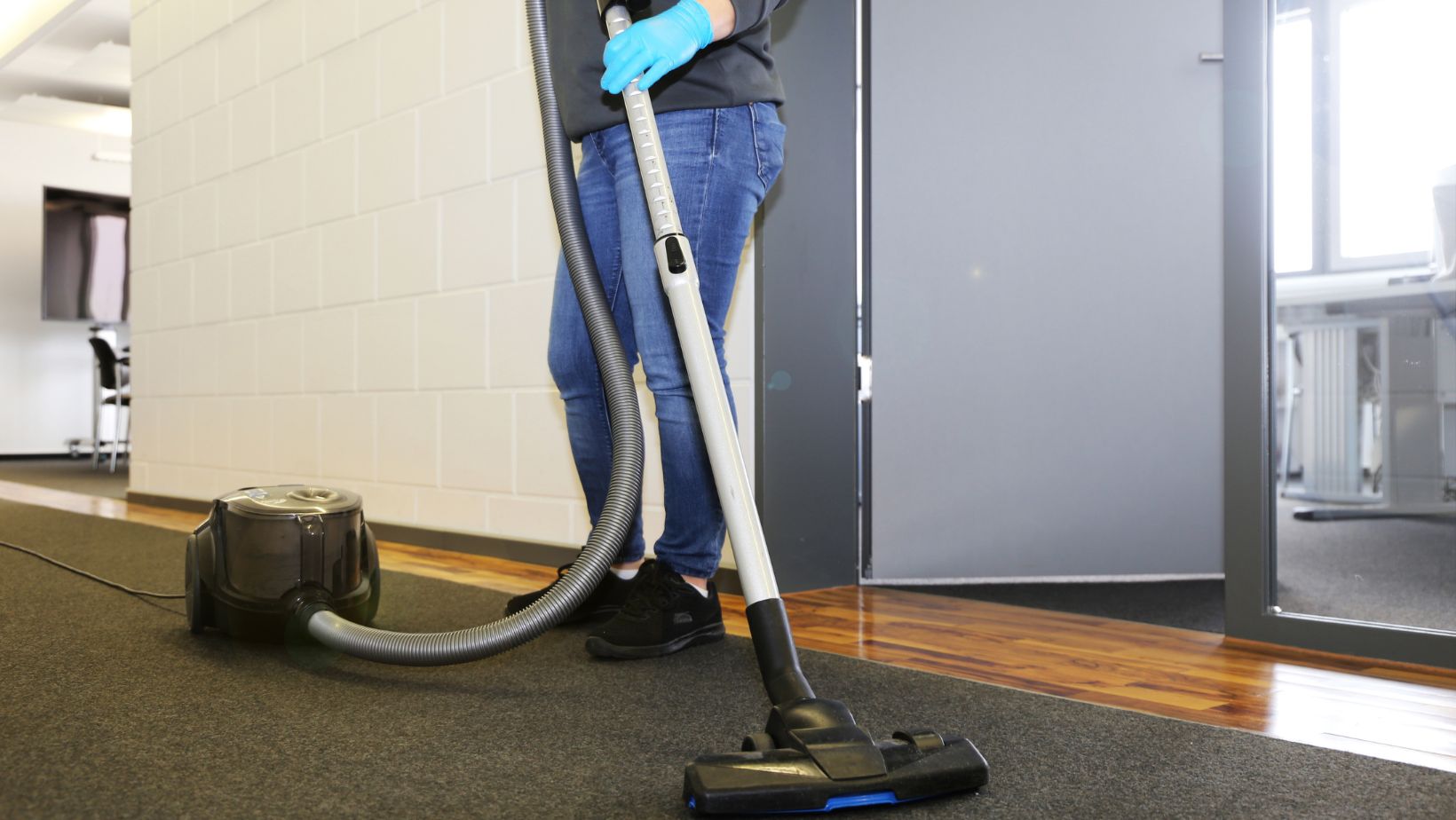Contents
Table of Contents
ToggleHow to Test Vacuum Tubes Without a Tester
Are you wondering how to test vacuum tubes without a tester? It’s a common dilemma for vintage electronics enthusiasts or those who simply want to check the functionality of their vacuum tubes. While having a dedicated tester is ideal, there are alternative methods that can help you assess the condition of your tubes without one.
One method involves using a multimeter set to the ohms (Ω) function. By placing the multimeter probes on specific pins of the tube, you can measure the resistance and determine if it falls within an acceptable range. Another approach is called “substitution testing,” where you replace suspect tubes with known working ones and observe if there are any changes in performance.
Additionally, visual inspection plays a crucial role in assessing vacuum tube health. Look out for physical signs such as broken filaments, loose connections, or discoloration. These visual cues can provide valuable insights into whether a tube is functional or not.
While these methods may not provide as precise results as using a dedicated tester, they offer viable alternatives for those without access to one. With some patience and careful observation, you’ll be able to gain valuable information about the condition of your vacuum tubes and make informed decisions regarding their usage or replacement.

Using a Multimeter to Test Vacuum Tubes
Preparing The Multimeter
When it comes to testing vacuum tubes without a dedicated tester, using a multimeter can be a viable alternative. To begin, you’ll need to ensure that your multimeter is properly set up for the task at hand. Here are the steps to prepare your multimeter:
- Select the proper voltage range: Start by selecting a suitable voltage range on your multimeter. Most vacuum tubes operate at high voltages, so it’s crucial to choose an appropriate range that can handle these levels.
- Switch to AC mode: Since vacuum tubes primarily deal with alternating current (AC), switch your multimeter to AC mode. This will allow you to accurately measure the tube’s performance.
- Set the sensitivity: Adjust the sensitivity of your multimeter accordingly. Higher sensitivities are usually preferred when testing vacuum tubes as they provide more precise readings.
Setting up The Vacuum Tube
Once you’ve prepared your multimeter, it’s time to set up the vacuum tube for testing. Follow these steps:
- Remove power supply: Before proceeding, make sure that no power is being supplied to the vacuum tube or any associated circuitry.
- Identify pins and connections: Familiarize yourself with the pin configuration of your specific vacuum tube model as different types may have varying pin arrangements.
- Connect one probe: Take one probe from your multimeter and connect it securely to either anode or plate pin of the vacuum tube.
- Connect another probe: Now, take the other probe from your multimeter and connect it firmly to either cathode or filament pin of the tube.
Testing The Vacuum Tube
With everything set up correctly, you’re ready to test your vacuum tube using a multimeter:
- Power on:
- Ensure that all connections are secure.
- Gradually apply power to the vacuum tube, following any safety guidelines or precautions recommended for your specific setup.
- Observe readings:
- Monitor the multimeter display and observe the readings as the tube warms up.
- Look for stable voltage levels and ensure they fall within the expected range specified by the manufacturer.
- Check for shorts or leaks:
- Pay attention to any abnormal readings on your multimeter that could indicate shorts or leaks within the tube.
- If you detect such issues, it may be an indication of a faulty vacuum tube that requires further inspection or replacement.
Examining Grid Biasing
When it comes to testing vacuum tubes without a dedicated tester, one crucial aspect to consider is grid biasing. In this section, we’ll delve into the different methods of analyzing grid biasing and explore its impact on vacuum tube performance. We’ll also take a look at some common techniques used for grid biasing.
Analyzing Grid Biasing Methods
Grid biasing refers to the process of applying a DC voltage to the control grid of a vacuum tube. This voltage helps establish the operating point or bias point of the tube, which affects its amplification characteristics. While there are several methods available for analyzing grid biasing, two commonly used approaches include fixed bias and self-bias.
Common Grid Biasing Techniques
In addition to fixed bias and self-bias, there are other techniques commonly employed for grid biasing. Some examples include:
- Cathode Bias: In this method, the cathode resistor’s voltage drop sets the control grid bias.
- Grid Leak Bias: This technique utilizes a high-value resistor connected between the control grid and ground to establish bias.
- Negative Feedback Bias: By employing negative feedback from an output transformer or an additional stage, bias can be controlled indirectly.
Conclusion
In conclusion, testing vacuum tubes without a tester can be a challenging task, but it is not impossible. By following the methods and techniques outlined in this article, you can determine the functionality of your vacuum tubes without relying on a specialized tester.This knowledge will enable you to troubleshoot and maintain your audio gear more effectively, ensuring optimal sound quality for years to come.

